9 Reasons to Celebrate International Day of Forests

Get news, updates, & event Info delivered right to your inbox:
How to Celebrate International Day of Forests? Plant a Tree!
Celebrated on March 21st every year, International Day of Forests was established by the United Nations General Assembly in 2012. Since then, millions of people around the world have used it as an opportunity to celebrate all types of forests, recognize the importance of trees and forests, and take action to protect them. The theme of International Day of Forests 2025 is "Forests and Foods."
From cleaning the air we breathe to reducing urban heat, growing nutritious food for wildlife (and people!), reducing stress and more, trees provide many benefits!
If you’re reading this, you are probably aware of how important it is to restore forests and protect the environment for future generations, but here are 9 additional reasons to inspire you.
Here are 9 International Day of Forests Facts
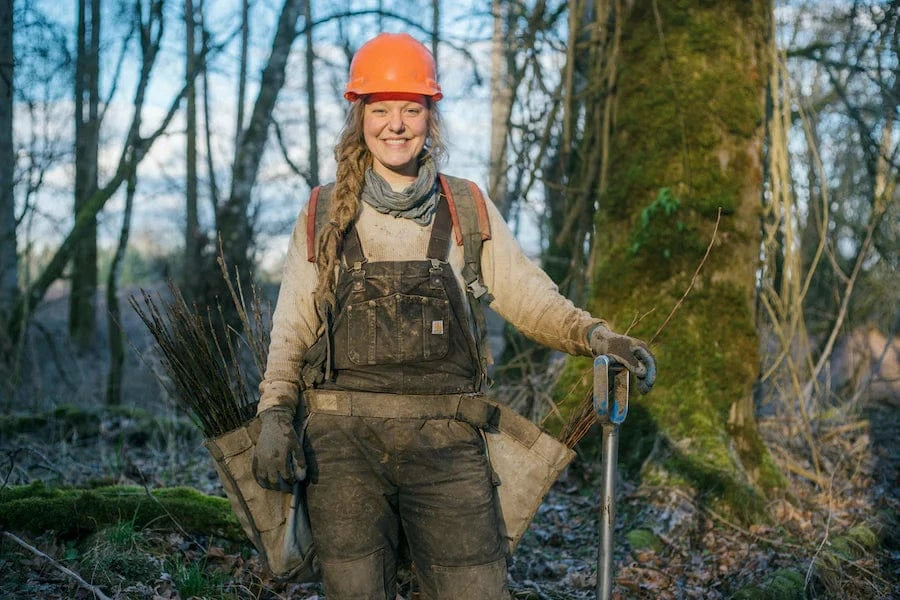
1. Jobs, Jobs, Jobs
When you think about jobs that depend on forests, it probably seems obvious: logging, carpentry and woodworking. But healthy forests provide a plethora of less obvious but no less profound long-term economic values to a range of industries. From foresters to rangers, conservationists, sustainable agroforestry farmers, tour guides, nature photographers, herbalists, foragers, tree planters and more, over 1.6 billion people rely on forests for their livelihoods. And just like trees support entire ecosystems, the benefits of jobs in the forest sector ripple across the global economy.

2. Protecting Against Extreme Weather
As climate change intensifies, once rare "extreme weather events" like floods, landslides, cyclones, droughts and forest fires become more frequent and intense. With roots that dig deep into the soil, hold everything together and absorb stormwater, fire resistant bark that slows the spread of wildfires, leaves that gradually release water vapor and significantly reduce temperatures, powerful root systems that buffer coastal communities against cyclones, canopies that shelter us from harmful UV rays and so much more, healthy forests are a powerful defense against natural disasters.
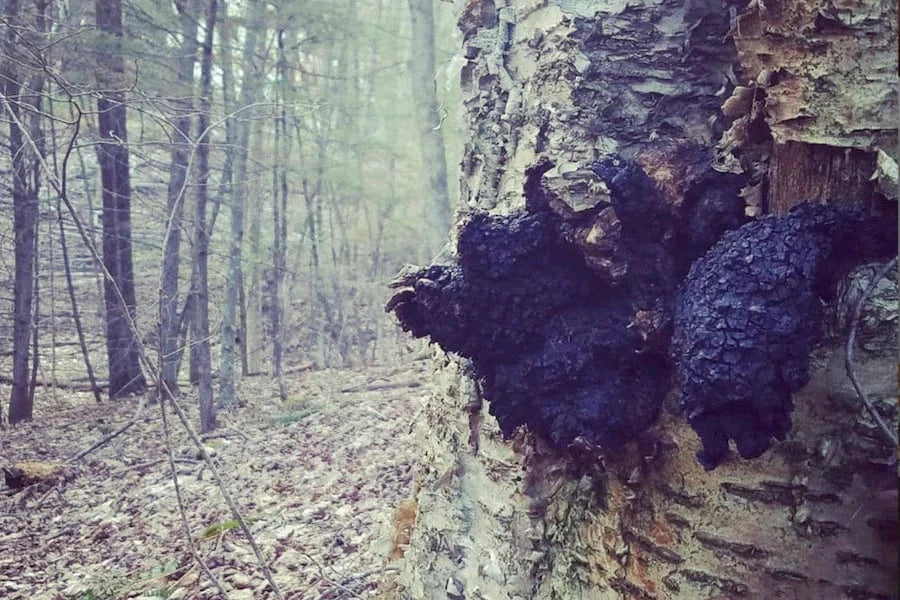
3. What the Doctor Ordered
Trees are nature’s great healers, but their powers don’t stop at improving the environment and sheltering biodiversity. From prolific Cat’s Claw vines found in the Amazon rainforest to magnificent Chaga mushrooms growing off of birch trees in the Russian taiga, forests have provided medicine to indigenous and traditional cultures for centuries. And western medicine benefits, too: although only 1% of rainforest plants have been researched, around 25% of pharmaceutical medicines used today are derived from them. So protecting forests is as important to our health as it is to planetary health.
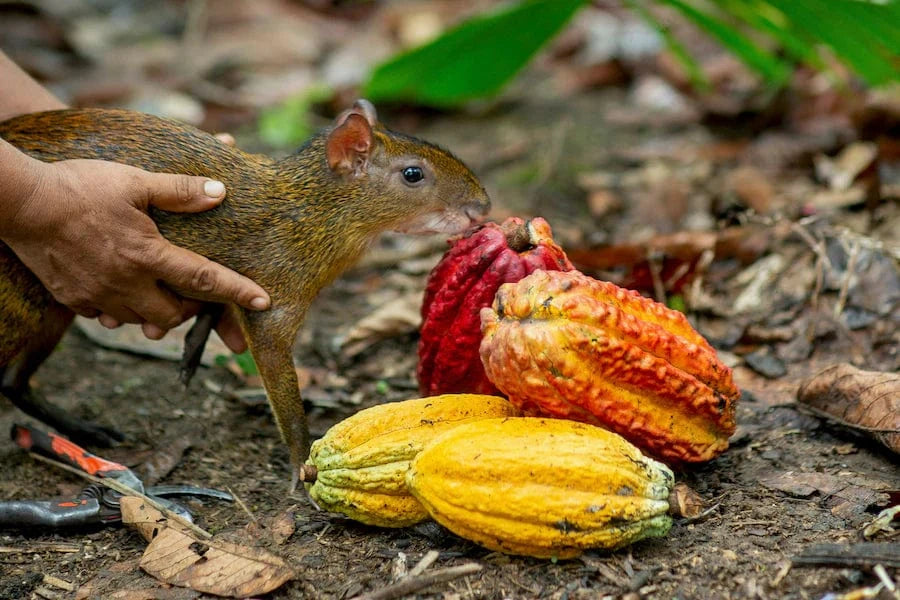
4. All the Food You Can Eat
From cacao pods to apples, avocados, guava, bananas, coconuts, mushrooms, chestnuts, maple sap and more, forests provide delicious, nutritious food grown right in nature. These foods have traditionally been used to supplement staple diets, providing vitamins, minerals and proteins that rural communities may not be able to access otherwise. And throughout history, they’ve played an important role in community resilience by helping humans survive food shortages during floods, droughts, famines, conflicts and other emergencies.
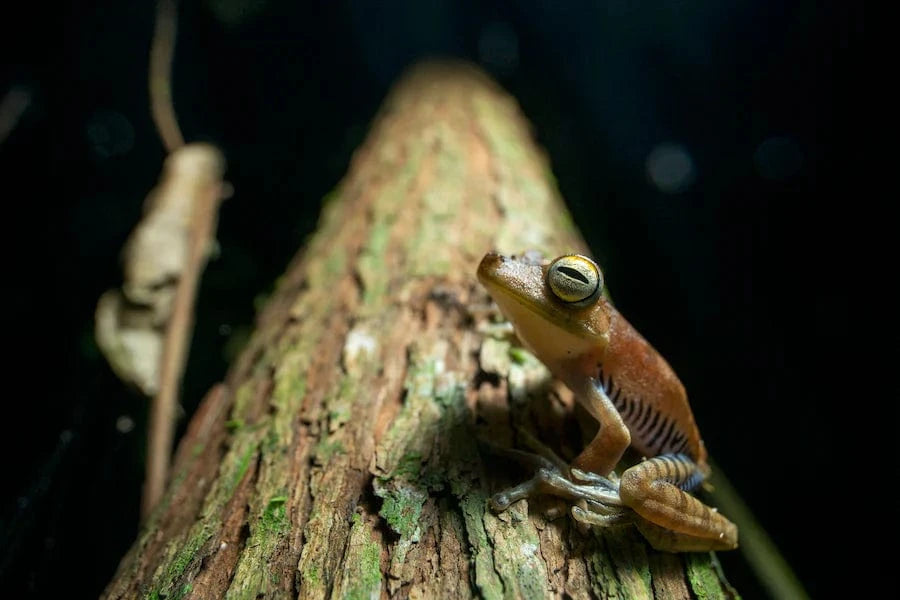
5. Home Sweet Home
80% of the world’s terrestrial biodiversity, including many endangered and endemic species, call forests home. But they’re home to more than just plants and animals: over 300 million people live in the world’s forests, too. And from rural areas to suburbs and cities, billions more depend on them for the ecosystem services they provide, like pure drinking water, clean air, lower temperatures and so much more.
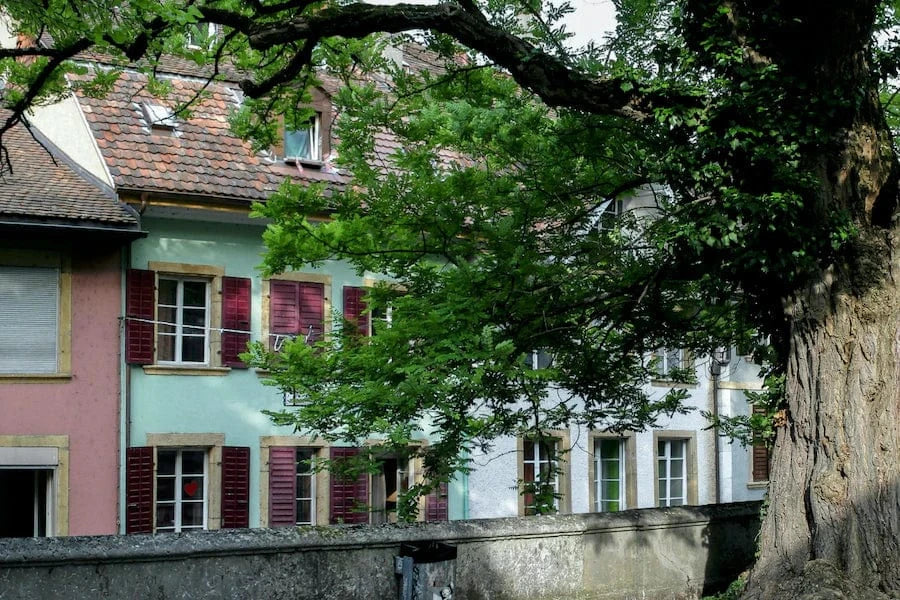
6. Natural Air Conditioning
If you live in a city, this one’s for you: urban trees reduce the dangerous urban heat island effect. Neighborhoods with trees can have temperatures 12-18 degrees lower than those without. This is especially impactful in disadvantaged neighborhoods, where the impact of high temperatures can be more deeply felt.
And speaking of energy, they reduce the volume of emissions from heating and cooling technologies by helping to regulate temperatures year round.
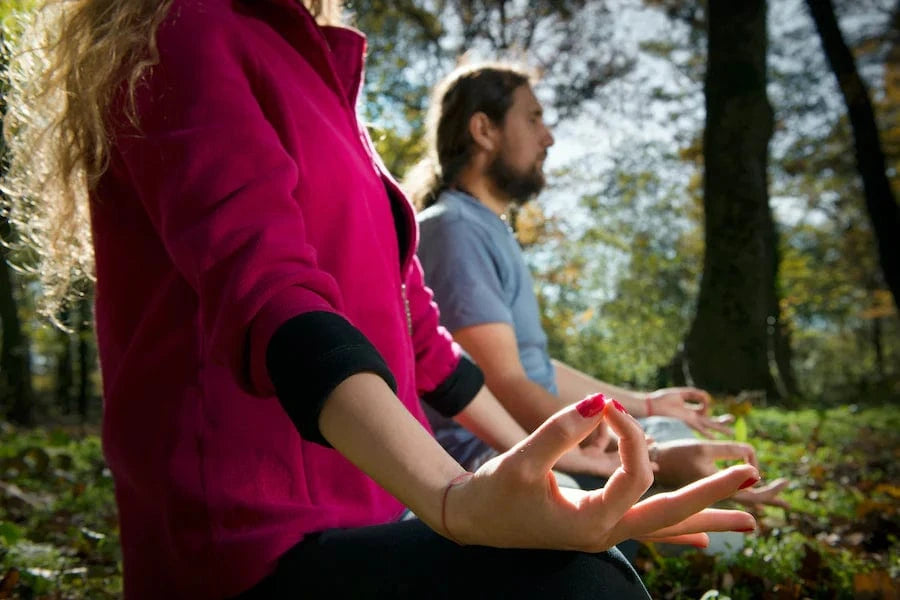
7. Improving Mental Health
Studies show that when we spend even a short amount of time in nature, the stress hormone cortisol goes down and our immune systems get a boost. Forests naturally have higher oxygen levels than urban and indoor environments, so nature walks can support the proper oxygenation of your blood—and benefit brain function. Forests can also give you a hefty dose of phytoncides (antimicrobial compounds released by trees and plants)—so you could say you're getting aromatherapeutic benefits as well. Simply put? Forests help us stay happy, relaxed, and well.
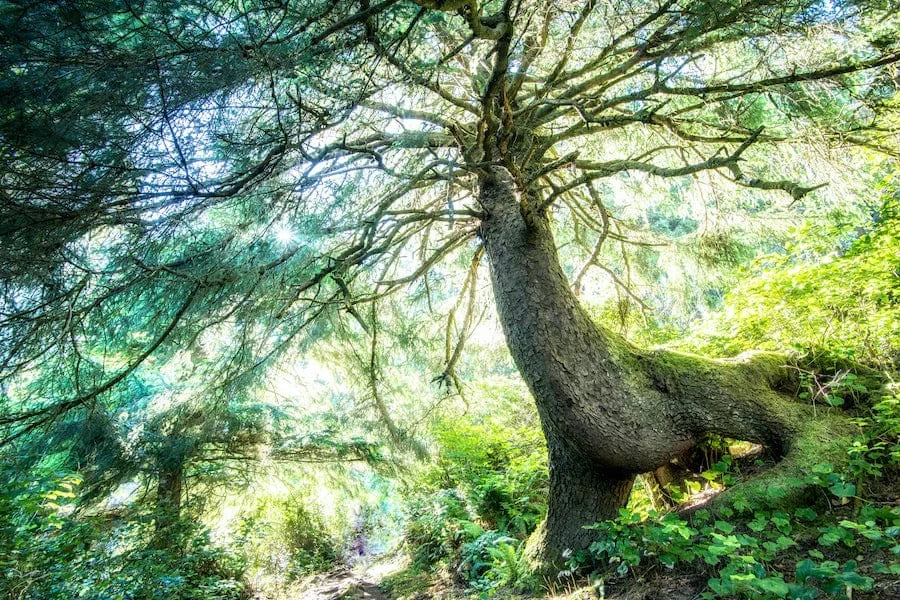
8. Mitigating Climate Change
Because trees use carbon dioxide to build their trunks, branches, roots, and leaves, they are natural carbon absorbers and help to clean the air. In fact, one mature tree can absorb up to 22lbs per year! According to Yale Sustainability, the average American's carbon footprint is around 13 tons a year.
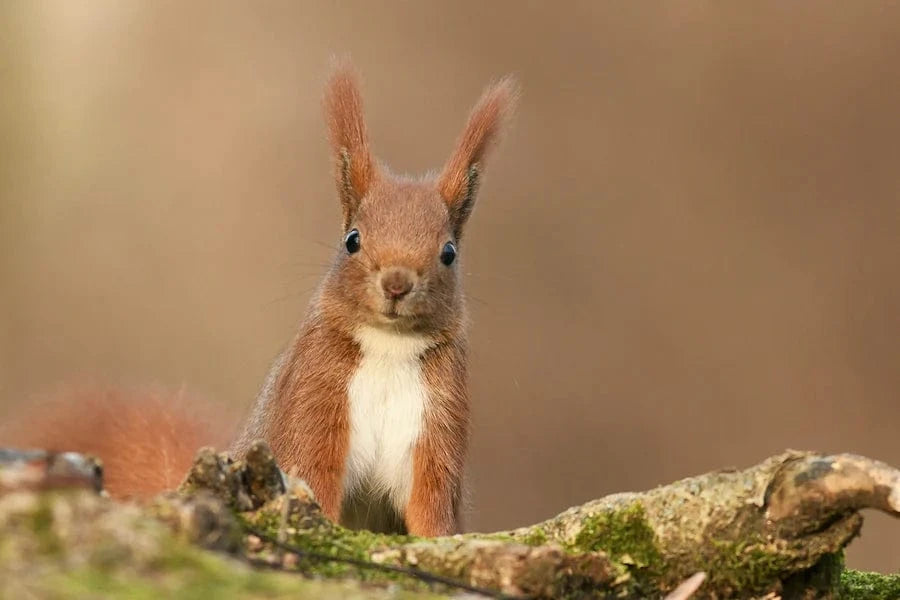
9. They Just Make Life Better
Where forests grow undisturbed, life flourishes and the air is filled with the sounds of life. Where they’ve disappeared, everything from the tiniest bee to the fiercest wolf is affected. We evolved with trees and have benefited from their food, medicine, shade, and shelter since our ancestors evolved to live on land. And from towering evergreens to birches swaying in the breeze, from intricate roots gripping deep into the soil to gnarled branches carving out a piece of the sky, trees make our world a safer, more resilient and beautiful place.
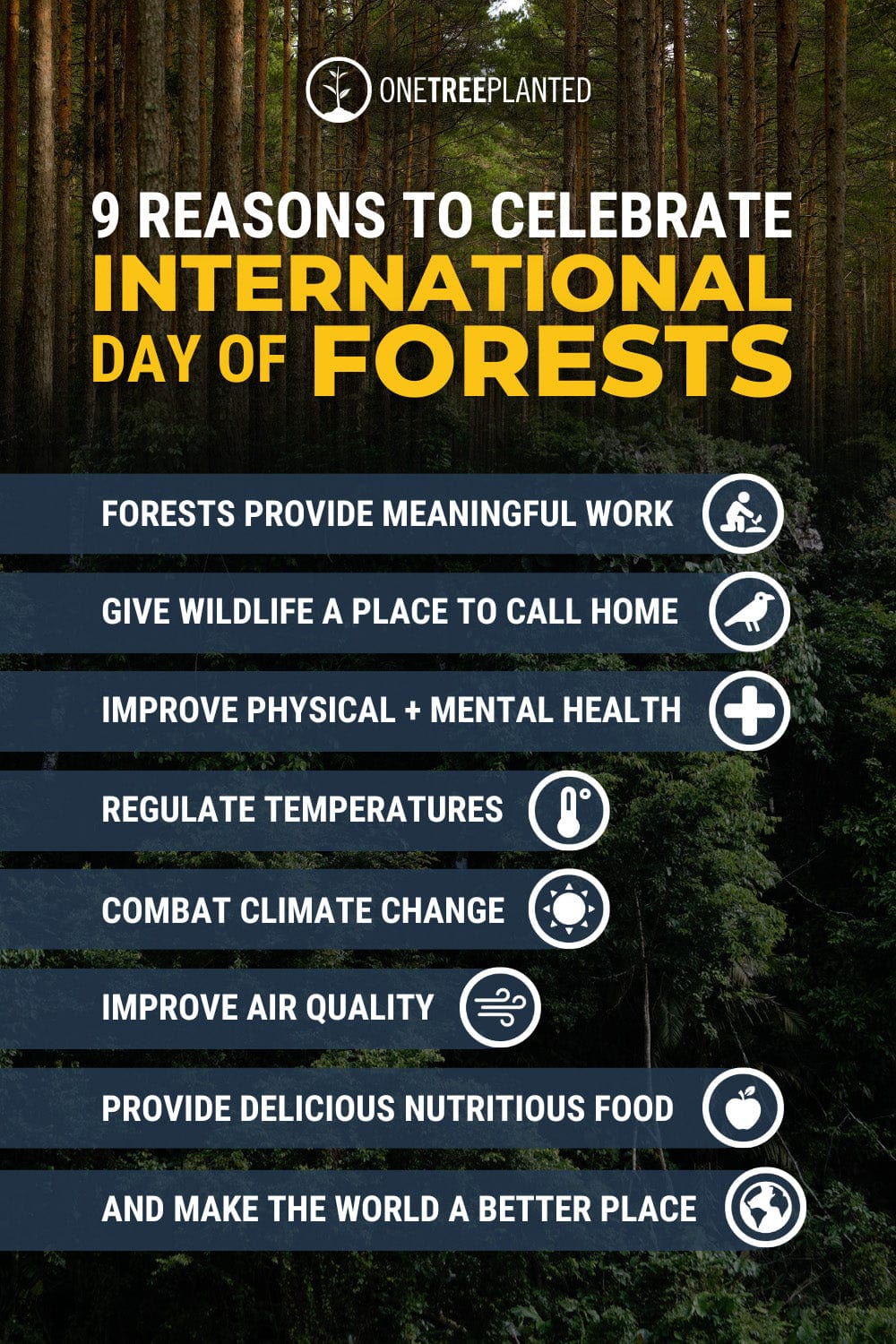
Plant trees today to celebrate International Day of Forests! It's a great way to show your gratitude for all they do for us—and ensure future generations will be able to enjoy the same forest benefits we do.
Get news, updates, & event Info delivered right to your inbox:
Related Posts
9 Sustainable New Years Resolutions
18/12/2025 by Meaghan Weeden
Inspirational Quotes About Trees
16/12/2025 by Meaghan Weeden
The 9 Oldest, Tallest, and Biggest Trees in the World
11/12/2025 by One Tree Planted
Popular On One Tree Planted
Inspirational Quotes About Trees
16/12/2025 by Meaghan Weeden
The 9 Oldest, Tallest, and Biggest Trees in the World
11/12/2025 by One Tree Planted
What Causes Deforestation?
10/07/2025 by Meaghan Weeden
Fundraising Disclosures

Be Part of the
Restoration Movement
The Grove is more than just a monthly giving program: it's a vibrant community of individuals who are dedicated to reforestation and environmental restoration on a global scale.
As a member of The Grove, you affirm your commitment to restoring forests, nurturing biodiversity, and fostering positive global change.



